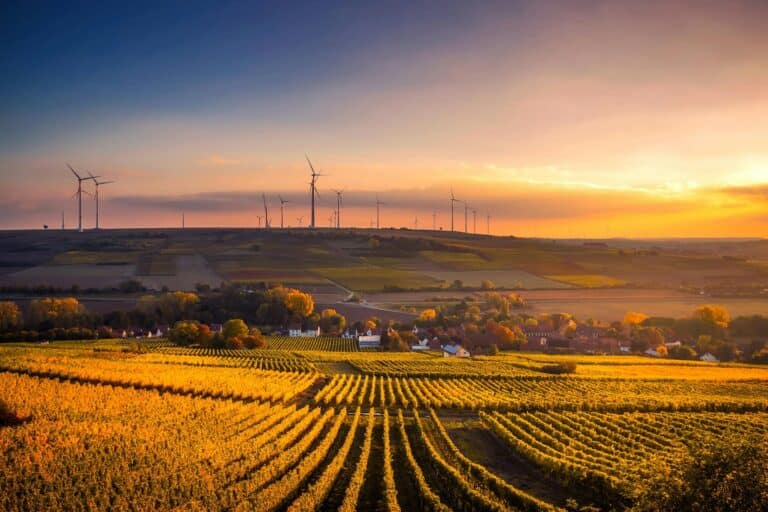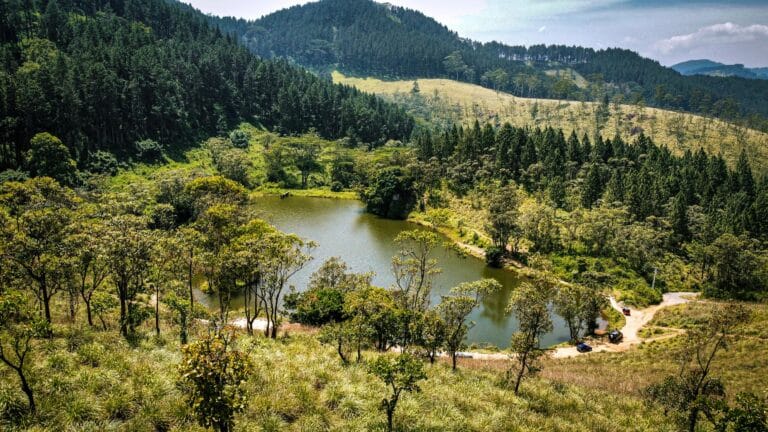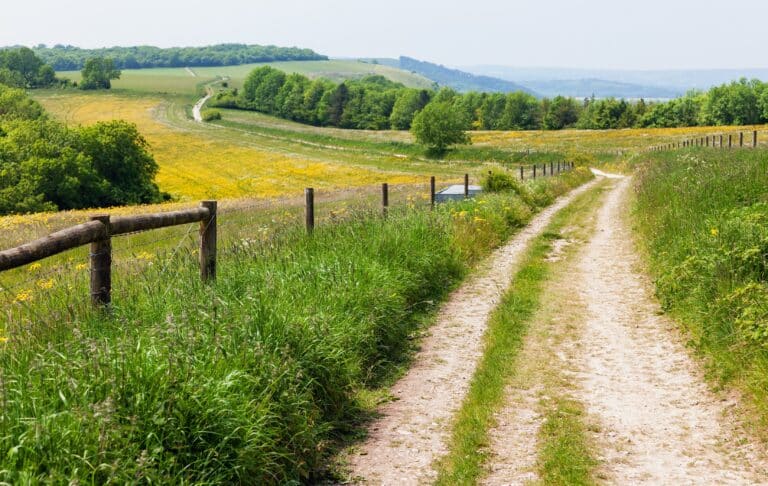Wouldn’t it be great if you could find a piece of land that you love on Monday, buy it on Wednesday and then start building whatever your heart desired by Saturday? Unfortunately, it requires a bit more work than that, and understanding the basics of land use is one of the most important factors when purchasing land. Here’s what you need to know about land use specifics and how it impacts what you buy and what you build.
What is land use?
Land use is the characterization of land based on what can be built on it and what the land can be used for. It’s determining what sort of community, environment or settlement can be used on a specific type of land. One definition of land use is “the total of arrangements, activities and inputs that people undertake in a certain land cover type.” It’s important to note that land use and zoning are not the same. Where land use is the way that people adapt land to suit their needs, zoning is how the government regulates the land.
Why is it important?
Understanding land use has many benefits, but there are two that directly affect a land buyer. First, it helps prevent a costly and time-consuming misunderstanding when it comes to what can be built where. For example, it prevents someone from buying a property designated as residential with plans of building a farm. Knowing the purpose of land allows the buyer to find the land that will work the best for what he/she is planning.
On a larger scale, understanding land use helps to understand patterns that are associated with land and urbanization. Understanding how land was used in the past can be a significant indicator of how the property will be used in the future. It’s safe to assume that humans will always rely on crops and livestock as their food sources, which highlights the importance of land designated for agricultural use in the community.
Types of land uses
There are many different categories when it comes to land use. The five most common uses are recreational, transport, agricultural, residential and commercial. Understanding the specifics of each one can help when planning on investing in property.
Recreational
When a property’s land use is defined as recreational, it means it is meant to be used for the enjoyment of the people who use it. This could be anything from parks and open spaces to athletic fields, playgrounds and swimming pools. Cities add recreational land into their blueprints to ensure the area has places for people to go and enjoy. These aren’t essential for the development of a community, but help to attract both permanent residents and visitors.
Transport
Transport land is designed for the structures that help people get from one destination to the other. Transport land includes things like roads, airports, train stations and subway stations.
Agricultural
Agricultural land is used for the growing and harvesting of crops and livestock. These are things like ranches, farms and pastures.
Residential
The purpose of residential land is to build homes. This could mean mobile homes, single family homes or even apartment complexes. Depending on the local area, the status of the market and the type of residences you plan on building, you’ll need to consider other things such as the accessibility to the property, the proximity to local amenities, the local schools, crime rate, etc. There are some restrictions associated with this type of land use, such as the types of animals permitted on the property (dogs and cats are usually ok, pigs and horses not-so-much) Other restrictions may include the size of the building, the minimum lot size how close buildings on your lot can be to each other.
Commercial
This type of land is designated for businesses, warehouses, shops and any other infrastructures related to commerce. This type of land is commonly used for office buildings, restaurants, shops and other businesses. And while commercial land usually doesn’t take up much space, it’s critical to the economy of a community.
Buying land is an exciting venture; it is full of potential and opportunity and allows the investor to find the perfect spot as the backdrop of their dreams. Whether it’s building a charming single family home on a cul-de-sac or owning enough space to run a productive dairy farm, the land you choose plays a huge role in your success. Understanding land-use specifics will set you up for success when it’s time to finally buy that vacant land you’ve had your eye on.
Originally published 8/7/2018, updated 8/12/2020.



